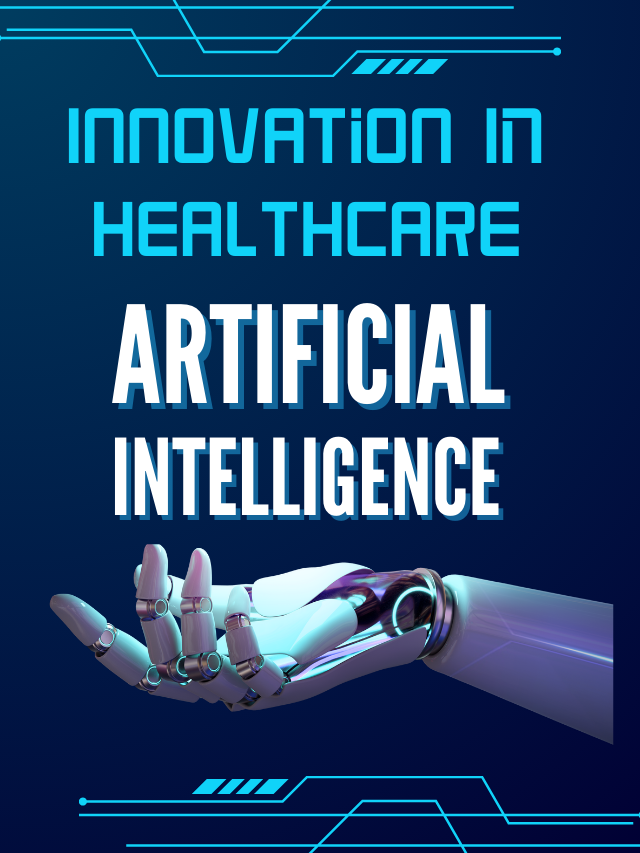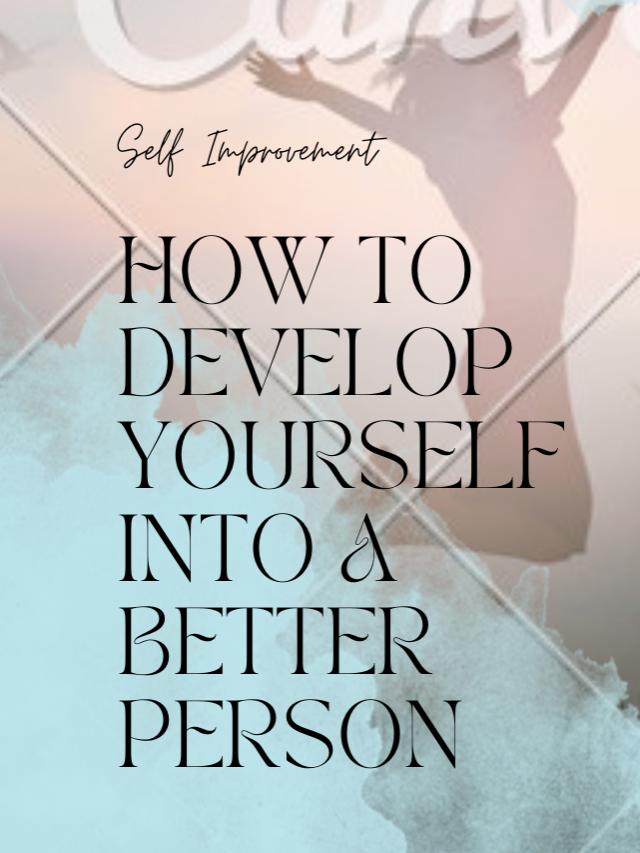Innovation in healthcare is here to stay but are we really achieving it?
Yes, some great innovations are happening in healthcare. But as a Homeopath, I will be happy. When a cure takes the form mentioned in the following sentence. ‘The highest ideal of cure’, Hahnemann adds, ‘is rapid, gentle and permanent restoration of the health, or removal and annihilation of the disease in its whole extent, in the shortest, most reliable, and most harmless way, on easily comprehensible principles’.
This is from the second aphorism of the ‘Organon of Medicine’. It was written by the founder of the Homeopathic system of medicine, Dr. Samuel Hahnemann. Homeopathic students and doctors still follow this monumental treatise throughout the world now. And forever until the end of this world. This treatise contains the various principles related to the practice of Homeopathy.
What exactly am I trying to tell?
For the vast majority of individuals, healthcare still remains complicated. Especially for those who are poor and uneducated. And those from the unfortunately ‘unprivileged’ sections of society. Also, well-educated and privileged are confused. And overwhelmed when deciding on healthcare options. When I typed the terms, ‘healthcare decisions’ on Google, this page turned up on the top. Although this page is related to the Victoria state of Australia, it contains pertinent information on the concerned topic.
Of course, ‘word of mouth’ still plays a major role in deciding anything in life besides healthcare. Google, social media platforms, and niche websites related to healthcare and numerous other online sources are the major sources for healthcare decisions in today’s tech-savvy world. Two prominent examples in India, Practo and Lybrate provide healthcare consultations by doctors and their ratings.
But trust me, healthcare still appears complicated, right?
On the one hand, the Allopathic system of medicine dominates the entire world. The vast majority of people depend on this for all ailments, small or big. Including minor ‘indisposition’ (any condition that disappears by itself based on the innate healing ability of the human body)!
The prevalence of use of Complementary & Alternative Medicine (CAM) therapies ranged from 9 percent to 65 percent. There were significant differences even for a specific treatment, like chiropractic treatment as practiced in the United States. The data suggest that complementary/alternative therapies are widespread and increasing. While in India, the largest base for Homeopathy in nearly every aspect ranging from the number of doctors to patients, etc., a 2018 Lancet paper reported that about 10% of patients in India solely depend upon Homeopathy.
The benefits of modern and emerging technologies like Artificial intelligence (AI) should reach all systems of medicine
It should not be just Allopathy that should be benefiting from AI. But CAM too should equally benefit from this. Ultimately, the increased usage of CAM along with Allopathy (termed ‘Integrated medicine’) will help prevent many diseases. And ultimately lower healthcare costs. Leading to lower hospitalization of patients. The reason for this is CAM, especially Homeopathy helps to build the immunity of the patients. And make them more resistant to diseases.
All this without compromising their health in any way. Due to absolutely no side effects from CAM therapies like Homeopathy. It is all about shedding the personal egos of doctors. And other allied healthcare professionals. Irrespective of the system of medicine they belong to. And work toward building a healthy and productive society.
Innovation in healthcare – Few steps to increase them
- There is no doubt that innovations are happening in healthcare. But their reach should be amplified rapidly to ensure equitable distribution among the people.
- Governments and private organizations should provide increased research funding. Not just to a select few. But also at the grassroots level covering the entire gamut. From the lowest rung of healthcare workers. To the doctors who work at the top hospitals.
- Active encouragement of academic-industrial interactions needs to happen. So that ultimately the best innovations happen. All institutions and companies should promote start-up culture among their employees and students.
- Traditionally, Allopathy gets the lion’s share of research funding. In India, although Ayurveda, Yoga & Naturopathy, Unani, Siddha, and Homeopathy (AYUSH) offer research funding, it is much less when compared to Allopathy. Also, many researchers and practitioners are unaware of the funds available for AYUSH research.
- Increased publicity and marketing (solely for the benefit of the patients) should take place. So that the public is aware of the different systems of medicine and their benefits.










